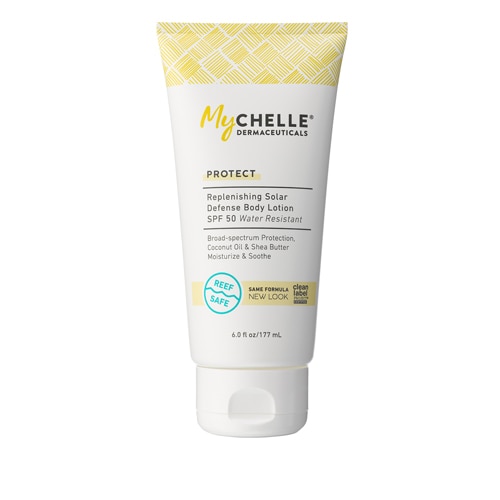When you’re frolicking in the ocean or lounging at the beach, you want to slather on enough sunscreen to protect yourself from harmful rays. At the same time, though, you don’t want your sunscreen to harm the environment.
Unfortunately, the sunscreen you’re applying may shield your skin from damage, but it also may damage coral reefs. In February 2019, Key West, Florida, joined Hawaii, the western Pacific Ocean nation of Palau and parts of Mexico in restricting the use of sunscreens containing two chemicals — oxybenzone and octinoxate — that have been tied to reef destruction, The New York Times reported.
According to the National Park Service, 4,000 to 6,000 tons of sunscreen enter reef areas around the world every year. Many types of sunscreen threaten fragile coral reefs, which cover less than 1 percent of the ocean floor but whose environs are inhabited by nearly 1 million species of fish, invertebrates and algae, the Park Service says.
How does sunscreen endanger coral reefs? As explained by the Park Service, chemicals in sunscreen can awaken coral viruses. Coral then becomes sick and expels life-giving algae. Without these algae, the coral “bleaches,” or turns white, and often dies.
So, how do you safeguard your skin while also safeguarding coral reefs? Here are five tips.
1. Look at the labels.
Check sunscreen labels to see whether they carry the “reef safe” designation.
Keep in mind, though, that “reef safe” is only a marketing slogan, according to the Be Reef Safe initiative. The U.S. Food and Drug Administration (FDA) does not regulate use of the “reef safe” phrase. Therefore, the initiative says, a manufacturer can call a sunscreen “reef safe” even if it includes oxybenzone and octinoxate — two chemicals that are connected to reef damage.
“There are no perfect reef-safe products,” says Dr. Boris Zaks, a board-certified dermatologist in Beverly Hills, California. “However, if the consumer avoids sunscreens with oxybenzone and octinoxate, they will be buying more reef-friendly products.”
Chemist and aesthetician Morgan Ioffe, founder of Tropic Labs, which sells an all-natural, mineral-based “reef safe” sunscreen, suggests using sunscreens with minerals like titanium oxide and zinc oxide, which haven’t been linked to reef damage and are better for sensitive skin than sunscreens with oxybenzone and octinoxate.
Zaks notes that mineral-based sunscreens actually offer broader benefits for combating UVA and UVA rays than their oxybenzone and octinoxate counterparts do.
Dr. Erum Ilyas, a board-certified dermatologist in Pennsylvania, notes that if you disregard oxybenzone and octinoxate, 14 FDA-approved sunscreen ingredients remain. Of those, the FDA has proposed rules that would declare zinc oxide and titanium oxide as “generally recognized as safe and effective,” or GRASE.
2. Be smart.
To be sure, sunscreen with oxybenzone and octinoxate should be shunned if you’re eager to save the reefs. However, be aware that these chemicals might go by different names.
Ioffe says octinoxate also may be listed as octyl methoxycinnamate or ethylhexyl methoxycinnamate, while oxybenzone also may be listed as benzonephenone-3.
3. Avoid nanoparticle sunscreen.
Corals can consume, and be poisoned by, titanium dioxide nanoparticles, Ioffe says.
Nanoparticles in American sunscreens are either titanium dioxide or zinc oxide, according to the nonprofit Environmental Working Group. The group actually recommends sunscreen with zinc oxide over sunscreen with titanium oxide because zinc oxide delivers better protection.
The group cautions that when “zinc oxide and titanium dioxide nanoparticles wash off skin, they enter the environment, with unknown effects. The implications of nanoparticle pollution for the environment have not been sufficiently assessed.”
4. Cover up.
You can protect yourself as well as the reefs by wearing a hat, sunglasses and light, long-sleeved clothing when you’re on the water, and a long-sleeved shirt or “rash guard” shirt when you’re in the water, the Park Service says. This can help reduce the amount of sunscreen you apply.
Ioffe recommends wearing UPF-rated gear that’s designed to block ultraviolet (UV) rays.
5. Spread the word.
Share facts about the relationship between sunscreen and reef damage with relatives, friends and colleagues.
Spate, a startup that crunches data to predict consumer trends, said in February 2019 that monthly online searches about “reef-safe sunscreen” were expected to rise 52 percent over the following 12 months — meaning that a lot of folks are interested in learning about how they can ward off skin damage while also warding off reef damage.




